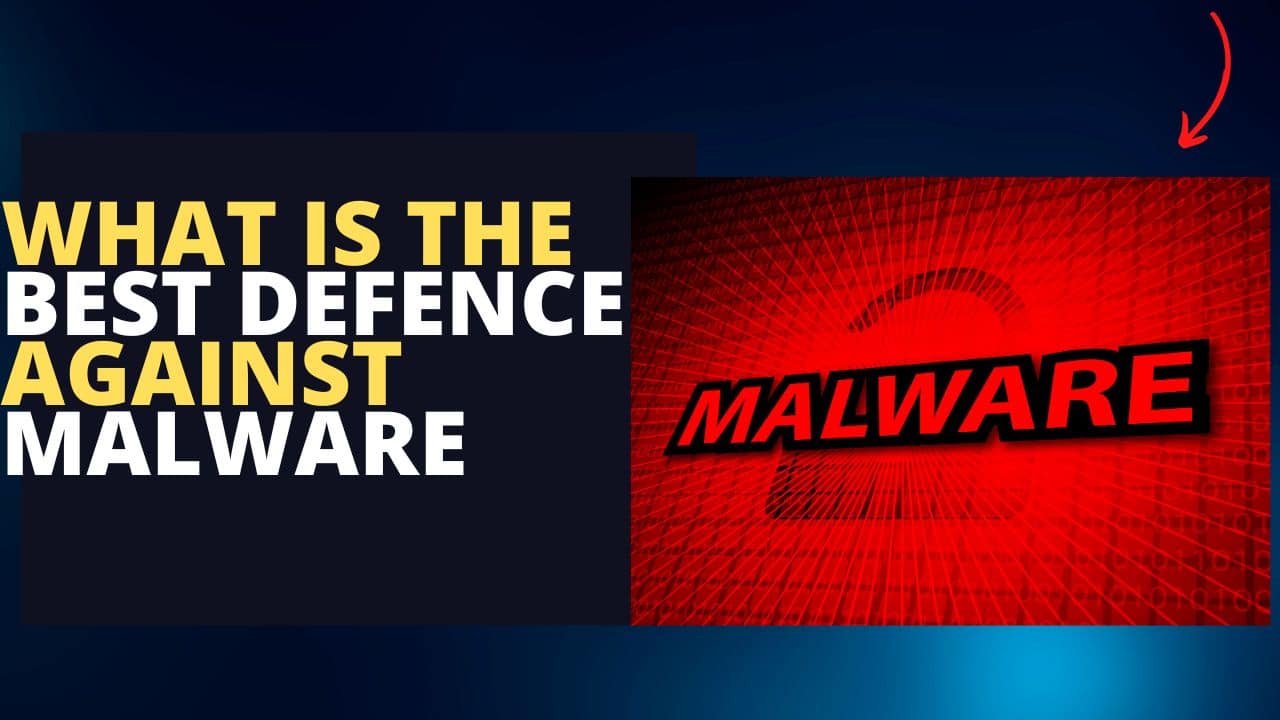The Dangers of Malware
Malware is one of the most significant threats to computer security and data privacy in today's digital age. It refers to software designed to penetrate computer systems with the intent of causing harm. They are stealing sensitive information like personal data and passwords.
Or they are locking down computers until a ransom is paid. The enormous risks associated with malware include financial losses, operational disruptions, adverse reputational effects, and identity theft.
There are several defence mechanisms that individuals and organizations can employ to counteract malware attacks. Among these are updating antivirus programs and operating systems regularly to include patches for discovered vulnerabilities and training users on recognizing suspicious emails or phishing scams.
In conclusion, the best strategy for preventing malware involves a combination of proactive measures - including staying up to date on software updates - and educating. Employees about safe computing practices. By implementing such measures, individuals and businesses can considerably decrease their vulnerability against cybercriminals who seek to exploit system vulnerabilities using malware infections. This article will guide you through the step of What is the Best Defense Against Malware is, and how you protect yourself and your business.
For additional improvements to your online security it is highly recommended that you consider reviewing these valuable resources:
- Bitdefender TrafficLight: The Best Way to Browse Securely: Discover how this powerful tool can provide an additional layer of protection and ensure secure browsing.
- Beginner's Guide to Encryption: Gain insights into encryption techniques and understand how encryption can safeguard your data from unauthorized access.
- https://q3techzone.com/top-10-computer-viruses: Find out more about the Top 10 Viruses Global and their affects
- How to Secure Your Web Browser: Learn effective strategies to fortify your web browser against potential vulnerabilities and mitigate the risk of cyber threats.
Protecting Against Malware
The best way to shield yourself against malware threats involves taking multiple precautions simultaneously - installing various forms of layered security measures-physical & cyber together with maintaining optimal privacy standards without compromising any aspect that governs accessibility rights across inter-behavioural domain protocols alike.
As such, equipping yourself with powerful antivirus applications explicitly designed to detect and remove the most common strains of malware infection known so far flexibly gives you an upper hand over possible malicious detections that might slip undetected through more extensive networks. But doing so alone wouldn't guarantee ultimate protection because no single solution can provide an all-quenching answer; the best defence against malware is every threat- take recent events involving sophisticated ransomware hackings that swept across Asia and Europe!

Thus, investing in anti-spyware, anti-rootkit, and firewalls together with strict browsing habits that discourage visits to untrusted sites-downloading files only from verified data resources comes in handy as extra precautionary measures worth considering. Furthermore, handling emails and attachments cautiously remains a prerequisite since email phishing remains the common weapon for hackers seeking to inject their malware exploits into a recipient's device.
Prudent software updates concerning patch and firmware installations being part of personal responsibility significantly reduce exposure to malware attacks, given cyber attackers' tendencies towards exploiting vulnerability syndromes embedded in outdated plug-ins free software. Combining all these preventive measures is integral in protecting you against malicious intruders whilst reinforcing appropriate safety standards across interconnected platforms, keeping you ahead of the curve when hacking becomes imminent.
Protect Your Devices from Malware
Every user must take the necessary steps to keep electronic devices safe from viruses and risks associated with malware. Being mindful of prevention strategies ensures minimal exposure; thus, foremost is keeping up-to-date antivirus software running regular scans for early detection and mitigation operations before these threats coalesce into invincible corps.
To safeguard against likely avenues exploited by hackers or cybercriminals, users should exercise caution while downloading unfamiliar attachments or opening email files since they often harbour malicious infections. As often advised, only trust downloads from verified sites or open attachments that you expect before doing so.

Maintain a consistent pattern of diligence by regularly updating operating systems and the critical software programs running on specific devices' versions with vital security patches. Putting these preventative measures into action reduces the risk to almost nothing while offering a dependable shield against possible attacks.
Always remember this: Proactive steps are superior to costly clean-ups post-infection!
Only Use Trusted Antivirus and Malware Software
With widespread cyber threats due to malware and virus attacks, trusting in reliable antivirus or malware software forms an effective defence mechanism. Selecting suitable software from the many options available today remains challenging; however, purchasing only reputable software from known credible vendors is imperative in detecting malware in prior experiences.
Respectively, when deciding on installing an ideal antivirus program, it has become more pressing to account for real-time monitoring capabilities alongside automated updates & run-of-the-mill security scans.
Including firewalls and phishing protections within some Security Suites adds critical value-adding properties towards choosing cybersecurity measures carefully.
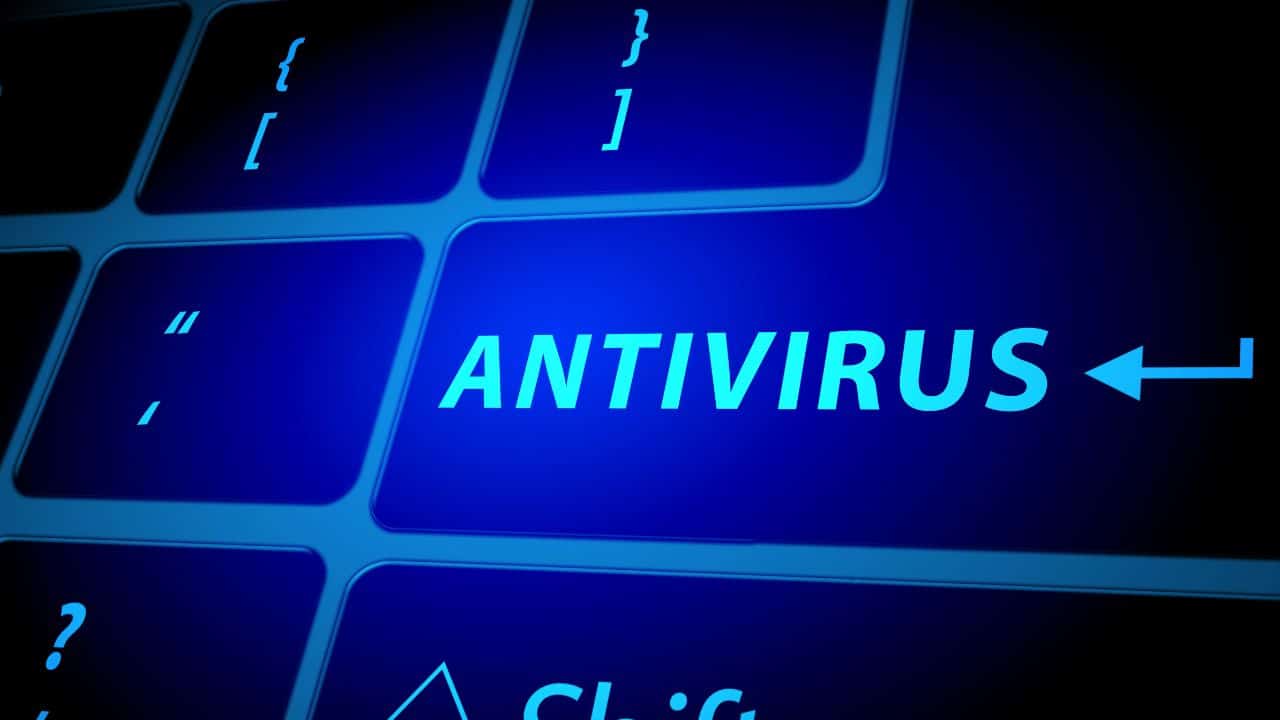
Unarguably, the stake held by possessing adequate antivirus inspection vastly outweighs exposure of privacy-threatening risks viz a viz login credentials had vital to users. Coupling the former antivirus programs assures extra watchfulness against any unauthorized intrusion.
Keep Software Up to Date:
The importance of keeping all software up-to-date must be addressed when considering protection against malware attacks. Each update or newly downloaded program usually contains updated security protocols tailored explicitly to counter hacker exploitations of potential vulnerabilities in earlier versions of the now-updated apps or programs.
Naturally, failing this leaves one exposed and prey to attacks on their computing devices, rendering them vulnerable, perhaps even incapacitated if an assault resulted in system damage.
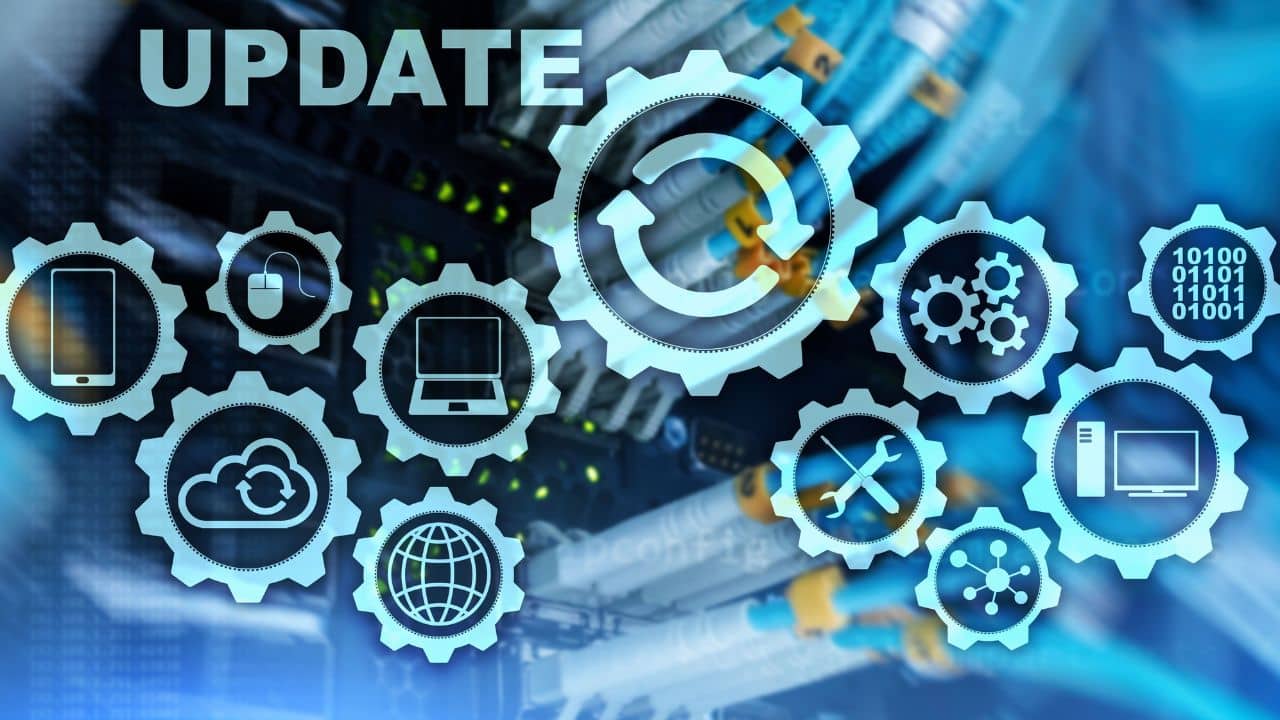
Regularly ensuring essential applications such as operating systems receive necessary upgrades will provide optimal harm-free protection. Frequently updating while utilizing automated options is highly recommended to ensure uninterrupted access, optimum performance levels, and innovative added safety feature improvements, including more efficient service delivery quality.
Prevent Vulnerabilities and Exploits
Prevention always remains the most productive strategy against any malicious software attack. The primary safeguards are implementing effective measures that prevent vulnerabilities and exploits within computer systems operationally. Practices such as regular patch installations of software updates, maintaining robust password management procedures, and standardizing levels of access privileges are crucial steps towards mitigating threats within an organization's IT infrastructure.

A commitment to educating employees about best internet browsing practices while teaching them to identify potential cyber-attacks constitutes one's proactive approach towards safeguarding from potentially devastating ransomware attacks and malware creators who seek ways into the organization's network. Regular upgrades of security patches offered during software updates and popularizing practicable safety guidelines during browsing activities online combined with informed decision-making by employees with reliable cybersecurity awareness culminate within an organization establishing a sound defence strategy against malware tricks.
Disable Autorun and Autoplay for Removable Media
To secure your computer from potential malware damage, one of the most crucial preventative measures is turning off autorun and autoplay functions on removable media. This action helps to prevent any unknown programs or files from running automatically upon the insertion of removable storage components like USB drives or CDs/DVDs. By so doing, malicious software which could potentially corrupt or steal user information - is kept at bay. Moreover, deactivating autorun and autoplay capabilities also helps guard against phishing scams wherein hackers exploit deceptive prompts and false pop-ups to lure unaware users into downloading harmful malware onto their systems.
While habitual users of removable media may initially be set back by the need to open each file on such devices manually, this seemingly small step can offer critical safeguarding against malware attacks.
By effectively controlling what data is accessed via removable drives. There's more protection against exposure risk involving sensitive personal data and critical system processes. Turning off autorun and autoplay settings is a foundational yet impactful way of ensuring sustained cyber safety while using removable media devices.
Practice Safe Browsing Habits
The safest way of defending against malware is by adopting secure browsing practices. As we evolve towards being continually connected, thanks to the internets' expansive reach in today's world, comes increased security risks. However, implementing straightforward measures can provide adequate protection against such cyber threats. Primarily. Installing trustworthy antivirus software programs on all devices and ensuring they are up to date remains crucial in preventing possible infection from vicious malware strains effectively.
Handling potentially dangerous links with caution when receiving emails or downloading attachments could save us a lot by reducing malicious damage caused by cybercriminals seeking unauthorized access across various systems worldwide. Consequently, staying vigilant about system updates may seem tedious, but doing so enhances our cybersecurity as they include essential security patches that safeguard against known cyber threats.

Utilizing virtual private networks (VPNs) while browsing public Wi-Fi adds an added layer of protection evolving from encryption technologies. In summary, adopting secure browsing practices safeguards against malware infections - measures such as having updated antivirus programs and creating safe operating systems and regular operating systems, updates and VPNs relative to URLs give us adequate online protection.
Avoid Risky Websites and Downloads
Protecting yourself from online menaces like malware requires taking deliberate steps towards cybersecurity consciousness- avoiding risky sites/downloads being one significant way. To avoid risk, being wary about the websites visited and files downloaded proves crucial, as some appear legit but have hidden mischief underneath.
We should focus on authorized reputable websites while downloading anything-related software/media instead of alternatives with an unknown track record.
Only click links impulsively (whether opening an email or seeing them via social media) with proper authentication first- malicious websites often use well-concealed methods that draw you into clicking unwanted buttons/links unknowingly.
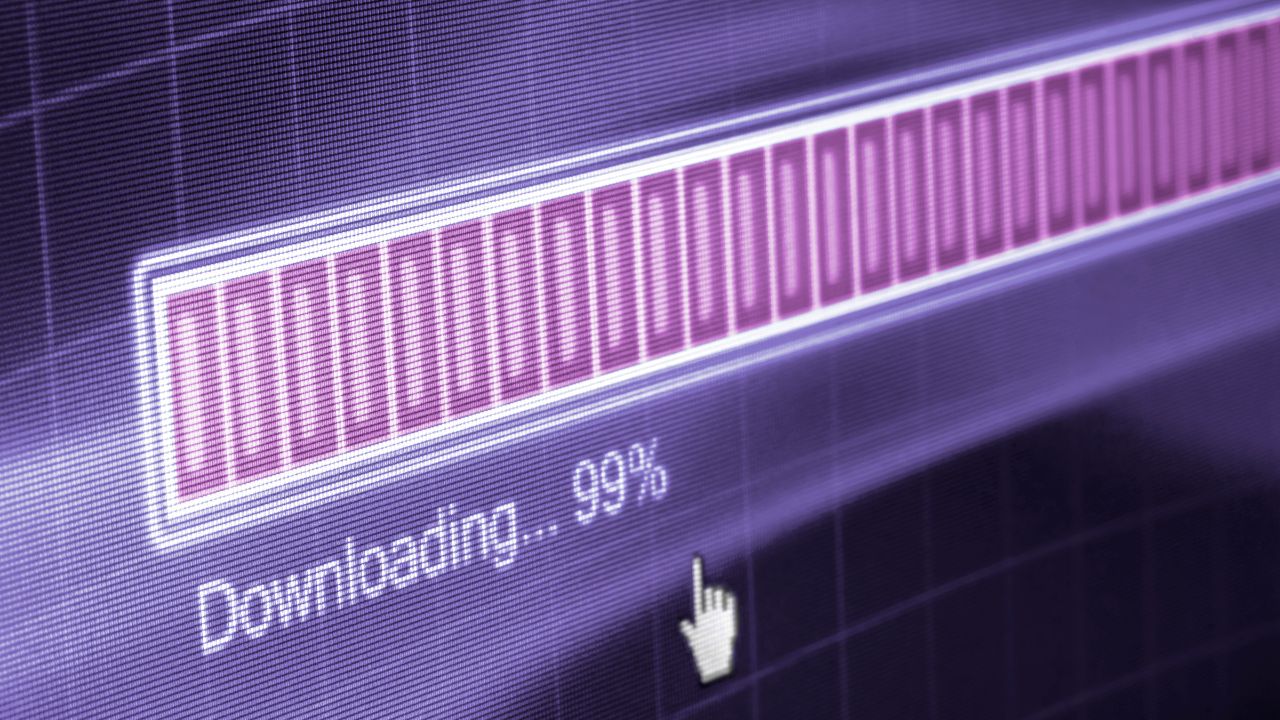
Activating our browser's anti-popup feature for additional protection against suspicious ads and installing antivirus software as security protocols are also highly recommended. Awareness counts when browsing online; cautiousness about what we download could reduce risks associated with possible malware attacks sooner than later! Remember, preventing cyber threats trumps dealing with them in the aftermath.
Enable Anti-Exploitation Features
Undoubtedly, malware attacks pose a genuine risk to computer systems worldwide. One effective solution we recommend is employing security measures known as anti-exploitation features that hinder cybercriminals' ability to exploit software vulnerabilities on your device by enabling anti-exploitation capabilities powered via data execution prevention (DEP).
Address space layout randomization (ASLR) and control flow integrity (CFI). Your system can defend itself against intrusion into areas hackers will scour, making your device easy to control. Activating DEP stops hackers from executing malicious code in areas reserved for storing legitimate data.
Similarly, reconfiguring memory components with ASLR makes it more challenging for attackers to recognize useful memory patterns within computer systems - this eliminates early indicators that hackers typically use to compromise the device since there's an overarching defence mechanism detected. Lastly, CFI ensures that only permitted instructions are executed on computers— this saves the user from intervention with how the system is designed to proceed. It prevents malicious files and any undesirable outcomes. Leverage these anti-exploitation tools to minimize potential risks associated with malware infections and protect your systems against various cyberattacks that come their way. However, don't dismiss regularly check and keeping these features updated as new vulnerabilities or malware emerges continuously in today's hybrid workplaces- this practical approach will save you from unexpected expenses arising from a lack of vigilance around cybersecurity challenges.
Enable Firewall Protection
Shielding against malware begins with one critical component - Firewall Protection. This security tool comes in handy by monitoring both incoming and outgoing traffic based on preset security rules & regulations hence controlling data transfer under prompt scrutiny. Its key performance involves creating an impenetrable barrier between web surfing activity within your computer/Internet-capable device from malware attackers who could expose users to intrusive information-gathering attempts like hacking activities by violent strangers scattered worldwide.
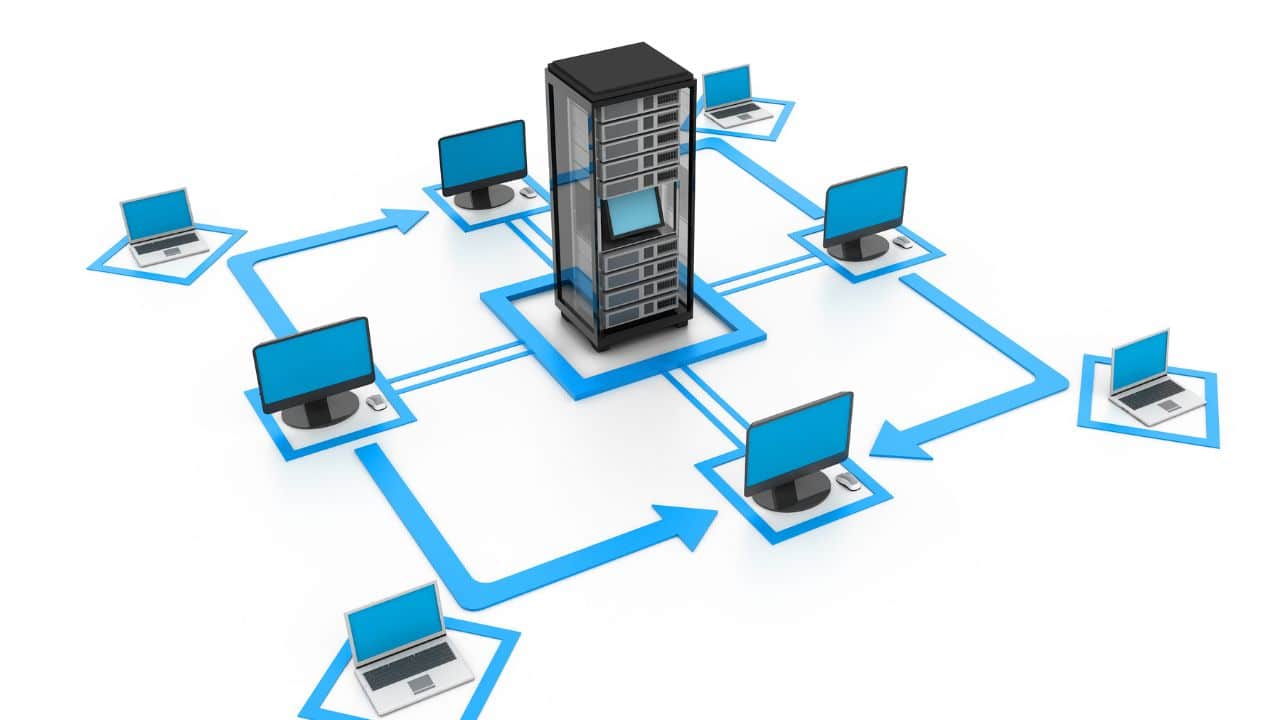
Typically firewall protection comes in two primary formats: hardware-based format standalone or integrated into networking devices such as routers; alternatively, software-based format installed onto individual PCs/servers with specific standardized protection configurations preset into them after installation based on user requirements. Firstly securing one's pc/network to safeguard it from cybersecurity assaults requires activating/implementing these prescribed prevention strategies, such as enabling firewall services initially without overlooking their significant importance. Secondly, solely depending on Firewall protections wouldn't suffice when protecting yourself against the plethora of malware attacks. Also, consider installing/updating virus protection software while ensuring effective updating/maintaining of all other security applications implemented regularly.
Block Unauthorized Access to Your Network
Securing any network should be of utmost importance, and one effective way of achieving this is by implementing robust authentication protocols. This could include employing multi-step authentications, ensuring complex password policies with frequent changes, and limiting user privileges per their designated organizational roles. Also, using remote access VPNs and two-factor authentication for network access. Having firewalls installed to block incoming traffic from illegitimate sources while permitting only authorized data inflows is beneficial.
It's also vital that you ensure all the software utilized in the network is routinely updated with the latest security patches, irrespective of past success from much older versions. Many attackers exploit well-known vulnerabilities even with software initially considered unassailable; applying updates minimizes such risks since bugs and vulnerabilities.
Lastly, prioritize training all employees on techniques to detect phishing sites and how to react when receiving unsolicited emails or messages efficiently.
Training on cybersecurity awareness raises awareness levels by sensitizing users to sharpen their instincts better when negotiating online spaces while effectively minimizing penetration points exploited by malicious actors into the organizational firewall. Combining all these measures will significantly raise your defences against malware attempting unauthorized access to your networks leading to safer computing within your organization.
Take a look at the following Microsoft Dashboard of the latest Global Threat Activity for the 30 Days
Implement Backup Data Strategy
Safeguarding your digital belongings against malware threats is critical; one effective method is regular data backups. When malware infects your computer system, an updated backup ensures seamless restoration processes while retaining sensitive information without loss or damage. Storing them separately from the source device is essential to avoid immediate compromise of backed-up material. You can choose any convenient option, such as Dropbox or google drive services for remote backups; alternatively, an external hard drive, LTO Tape Drives, CDs/DVDs, etc., create physical copies. Choose what best works for you after review. Note that updating backed-up materials regularly upholds access to the newest version of files; also, using encryption software impedes potential breaches. Test-restoring is a comprehensive mitigation plan to ensure you have the correct processes and that they work.

Implement User Education
For defending against malware, educating users is one effective method. Cyber attacks such as phishing scams or social engineering tactics often take advantage of individuals' lack of knowledge or awareness towards possible threats. For lowering the chances of becoming a target for attackers, educating users regarding these attacks and methods to identify them seems beneficial for organizations overall.
User education comprises various methods, including regular training sessions on cybersecurity best practices like crafting robust passwords while avoiding possible suspicious emails or links; also, providing resources like guides that employees can refer to during uncertain situations might be useful in this process. An added factor is enforcing clear IT policies that employees can understand, encouraging security awareness within the organization.

Maintaining an organization's cybersecurity defences ensures user education stays proficiently communicated across work cultures.
With advancing technology every day showcasing new threats, focusing on ongoing educational efforts seems necessary to stay ahead against malicious attackers.
Teach Employees How to Spot Malware
To shield businesses from malware threats effectively, training employees on how to recognize them is paramount. Malware can manifest in several manners, such as phishing emails, fake websites and compromised downloads. Educating staff members on detecting warning signs significantly reduces vulnerability and eliminates successful cyberattacks potentiality for companies undertaking so deliberately.
Vital information shared during training entails verifying email attachments and URLs stringently or avoiding dubious downloads or pop-ups altogether while employing strong passwords regularly and other operational procedures that enhance cybersecurity efficiency within the organization's workforce.
Additionally, educating the team members promptly on detecting security breaches fosters prompt action-taking, subverting any damages that may arise from early detection, including reporting unusual activities immediately, mitigating quick recovery efforts delaying while concurrently minimizing prolonged risks of potentially ensuing with damages accruing long after initial compromise worsening matters exponentially over time. Cultivating safety precautions through cybersecurity awareness among security teams and staff empowers firms with total knowledge-backed capacity. It enables them to use pre-emptive defence strategies, avoiding exposure.
Conclusion
In today's digital landscape, protecting your organization from malware attacks demands a proactive approach that covers areas such as regular software updates, strong passwords, and user education- teaching employees how to identify phishing scams, Firewalls, Implementing good antivirus software is an additional measure helpful in mitigating further attacks.
Despite firewalls and security protocols, hackers may still utilize backdoors. It's vital having reactive solutions such as backing up crucial data. In scenarios where there are security breaches- A well-documented plan outlining necessary steps can undoubtedly save time towards restoring systems to optimal functionality expeditiously
Maintaining vigilance concerning cybersecurity issues is one key issue highlighting the importance of being alert when it comes to emerging cyber threats across all levels of operation within an organization; this ultimately leads towards enhancing monitoring capabilities over threats while adopting agile strategies against potential risks.
Implementing adequate risk-mitigation protocols reduces organisations' financial loss or reputational damage by combining reactive and proactive measures.

